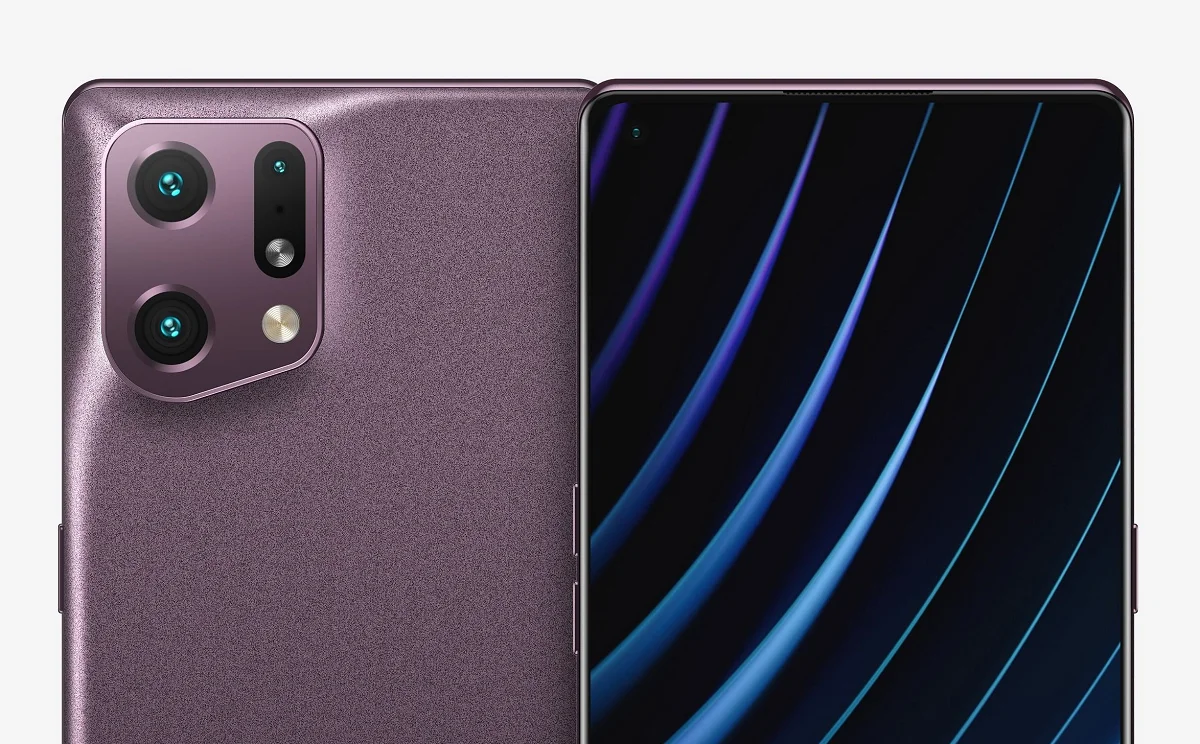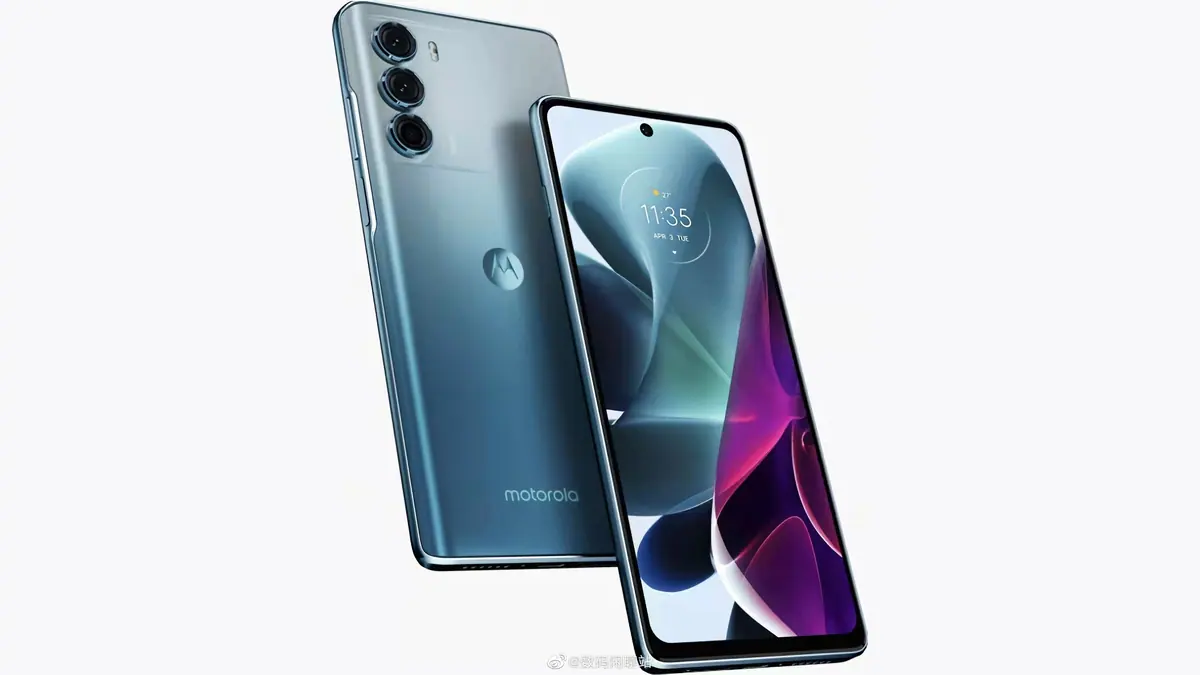We’ve all given this advice from time to time. Or we have. In fact, it’s such a trite phrase that it gradually loses its raison d’être for many users until it is reduced to a simple myth. But it is not. Not at all. Sometimes a computer, smartphone or tablets enough for solve some problems.
Of course, there is no magic here. It may seem that way to people who don’t know how an operating system works (the casual user doesn’t need to know), but in reality there are technical underpinnings that explain why any electronic equipment with a different architecture is turned on and off. Similar to that of a computer, it can effectively solve some problems.
An early reboot can save us our headaches
It is important that we moderate our enthusiasm before we move forward. And this reboot is not foolproof. Computer hardware may encounter many problems that simply turning it off and on cannot resolve. Malfunctions caused by malfunctioning of some hardware components will not magically go away naturally by simply restarting our device.
However, there is a wide variety of software-related bugs, and unlike those that affect hardware, they can be fixed thanks to the impact of a restart on the computer’s behavior. In fact, these are errors that we users encounter more often, often unwittingly. Fortunately. And most of them have their origins in the operating system, namely a software component. mediates between us and the hardware of our device.
“The operating system itself does not perform any useful function; it just creates the environment where other programs can do useful work”
This is one of the official definitions of the operating system proposed by the authors of Operating Systems, James L. Peterson and Abraham Silberschatz. ‘Basic concepts’ is one of the classic books used by many computer science faculties and schools to teach their students. basic design principles of this essential component of our computers:
“An operating system is like a government. The main resources of a computer system are hardware, software and data. The operating system provides tools for the correct use of these resources during the operation of the computer system. Like a government, the operating system itself serves no useful function; it just creates the environment where other programs can do useful work.”
This definition by Peterson and Silberschatz puts a few keys on the table that we’re interested in not overlooking, but before we continue, we need to make one more point: when we turn on a PC, a smartphone, or any other device with a similar architecture. Essential components of the operating system necessary for the computer to function properly loaded into main memory from the secondary storage subsystem.
Main memory is volatile, so its contents are lost when you turn off the computer. And when you open it, as we’ve just seen, the core components of the operating system and the applications we run are stored within it. The original operating systems were born with the first computers in the 1950s, and every time that has passed since then has made them more complex but also more complex.
As Peterson and Silberschatz explain, one of its most important functions is manage hardware resources so they can be used by applications and shared between all applications running at the same time. The problem is that scenarios often arise that prevent algorithms used by the operating system to manage main memory, CPU usage, input/output, or the file system among other components from working correctly.
Sometimes a perfect storm is triggered, consisting of a series of minor malfunctions that prevent everything from working properly.
Usually the operating system has the ability to detect these errors and fix them without us noticing, but sometimes a perfect storm is triggered by a series of minor bugs that gradually prevent everything from working correctly. This is the scenario that users often perceive as our computer getting extremely slow, or even error messages or unexpected crashes.
The good news is that in these circumstances, turning a clean slate is child’s play. All we have to do is restart our device. In this way, as we have seen, the main memory will lose its contents and the core components of the operating system will be reloaded into the main memory during boot. as if nothing had happened.
A little advice to conclude and put into practice the ideas we have just explored: it is recommended to restart our devices from time to time, and it is usually our mobile phones that thank us the most because some users keep them turned on. long periods of time. And in these conditions, it is likely that the contents of the main memory will gradually deteriorate. Fortunately, the solution is very simple.
Picture: Elisa Enterprise
Super deals available today
Fire Stick TV with Alexa voice control
Fire TV Stick with Alexa Voice Remote (includes TV controls), HD Streaming Device
For €39.99 on Amazon today
4th generation Echo Dot
Echo Dot (4th generation) | smart speaker with Alexa | Anthracite
For €44.99 on Amazon today
echo show 5
Echo Show 5 (2nd generation, 2021 model) | Smart display with Alexa and 2 MP camera | Anthracite
For €56.99 on Amazon today
















